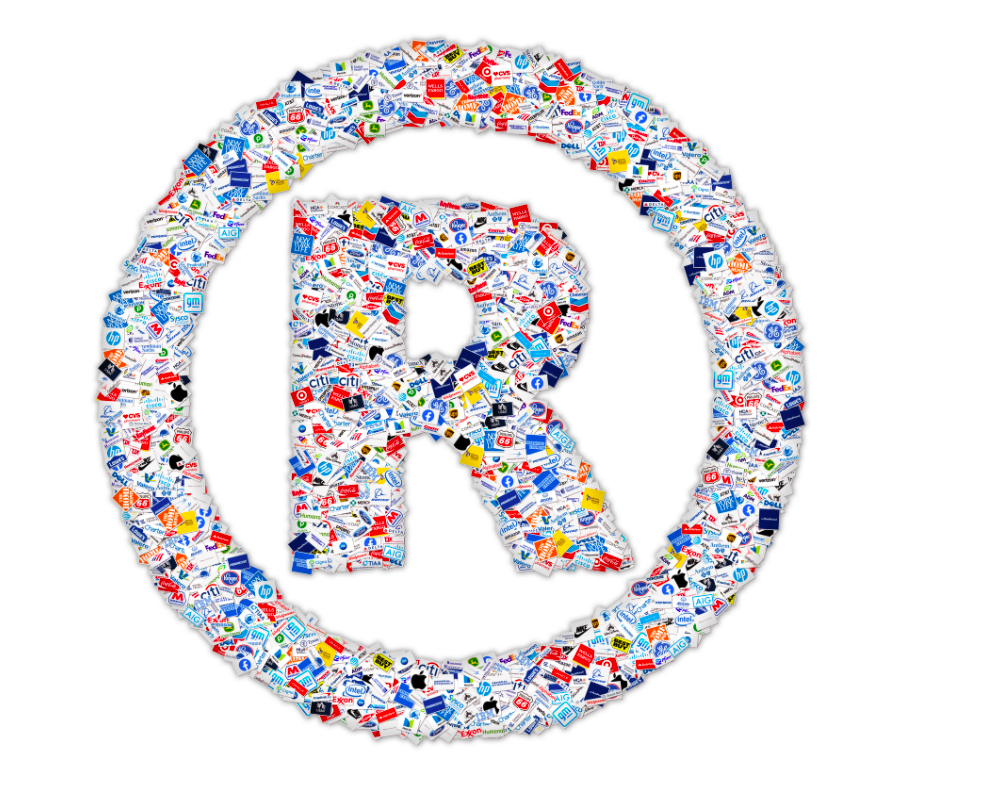Throughout art history, artists have taken inspiration from other’s work – and sometimes just a little more than that. The context in which this ‘borrowing’ of styles happens, however, makes all the difference. Take, for instance, Marcel Duchamp’s scribbles on Mona Lisa for his piece L.H.O.O.Q. or Andy Warhol further immortalizing Boticelli’s Venus. Both of these count as perfectly acceptable works of art. Yet when it comes to the digital realm, it seems people won’t accept the same rules of engagement.
To critics of NFTs, the ease with which one could make copies and impersonate others may prove their point as the platforms develop their security and interface.
Non-fungible tokens (NFTs) certify a digital item’s uniqueness and trace ownership to the creators through the blockchain’s digital ledger. Fueled by the rise in the value of crypto-currencies, possibilities offered by Decentralized Finance (DeFi) and unprecedented sales for digital art, the demand for NFTs has skyrocketed. Some of the most immediate features that attracted digital creators in NFTs were the concepts of scarcity and verification of ownership.
The replicable nature of digital works has long been a barrier for more collectors to enter the market. However, an often-heard critique is that NFTs would enable artists to steal others’ intellectual property. To test this claim, artist Shl0ms arranged the logos of all the Fortune 100 companies into a registered trademark sign, explaining in the NFT description that “in the event that this NFT does become the first to be the subject of a cease & desist letter from a major corporation, it will only skyrocket in both historical importance and value.” It says enough that no letter has fallen on his doormat. In a similar move, anonymous artist Rulton Fyder uses the imagery of renowned contemporary artists to create meaning in an NFT-context. In a recent artwork, Fyder uses Christopher Wool’s iconic text-based art technique in an NFT to convey the message “If You Do Not Buy NFT You Can Get The Fuck Out Of My Life”, intentionally repurposing Wool’s aesthetic.
There is also beauty to the possibilities the new medium has offered as NFTs could actually help people reclaim their rights by ‘copying’ the copier. An excellent example of such resistance has been made by the model Emily Ratajkowski for her genesis NFT release. Back in 2014, the Art world’s most prominent appropriation artist Richard Prince took a screenshot of two of her photos on Instagram for his 2014 “New Portraits” series. At the time, Ratajkowski was unable to secure the first painting, which featured a nude photo of her and was sold to another buyer for $80,000. Finally managing to acquire the other Prince’s piece, she now has minted a picture of herself standing in front of the work in her apartment. In this case, the NFT is allowing her to regain control. Ratajkowski is selling her NFT at Christie’s auction house on May 14th.
However, where things change is when people outright copy a previously existing NFT and mint it themselves as though they created it. Here, the copy-minter does not add any new layer of meaning to the artwork but hopes to deceive an uncareful buyer. A prominent example was an elaborate effort by the project NFT Theft, which tricks buyers into purchasing fake works by famous artists. While NFT Theft revealed their master plan in a widely covered publicity stunt, many accounts take advantage of the vulnerabilities of the emerging technology without us ever knowing.
To critics of NFTs, the ease with which one could make copies and impersonate others may prove their point as the platforms develop their security and interface. But no one now would argue that Warhol’s reproduction of Boticelli is a copy unless Warhol had started claiming he drew the venus himself. Similarly, context plays a significant role in digital appropriation, despite how the unfamiliar surroundings of new technology may confuse its audience.



